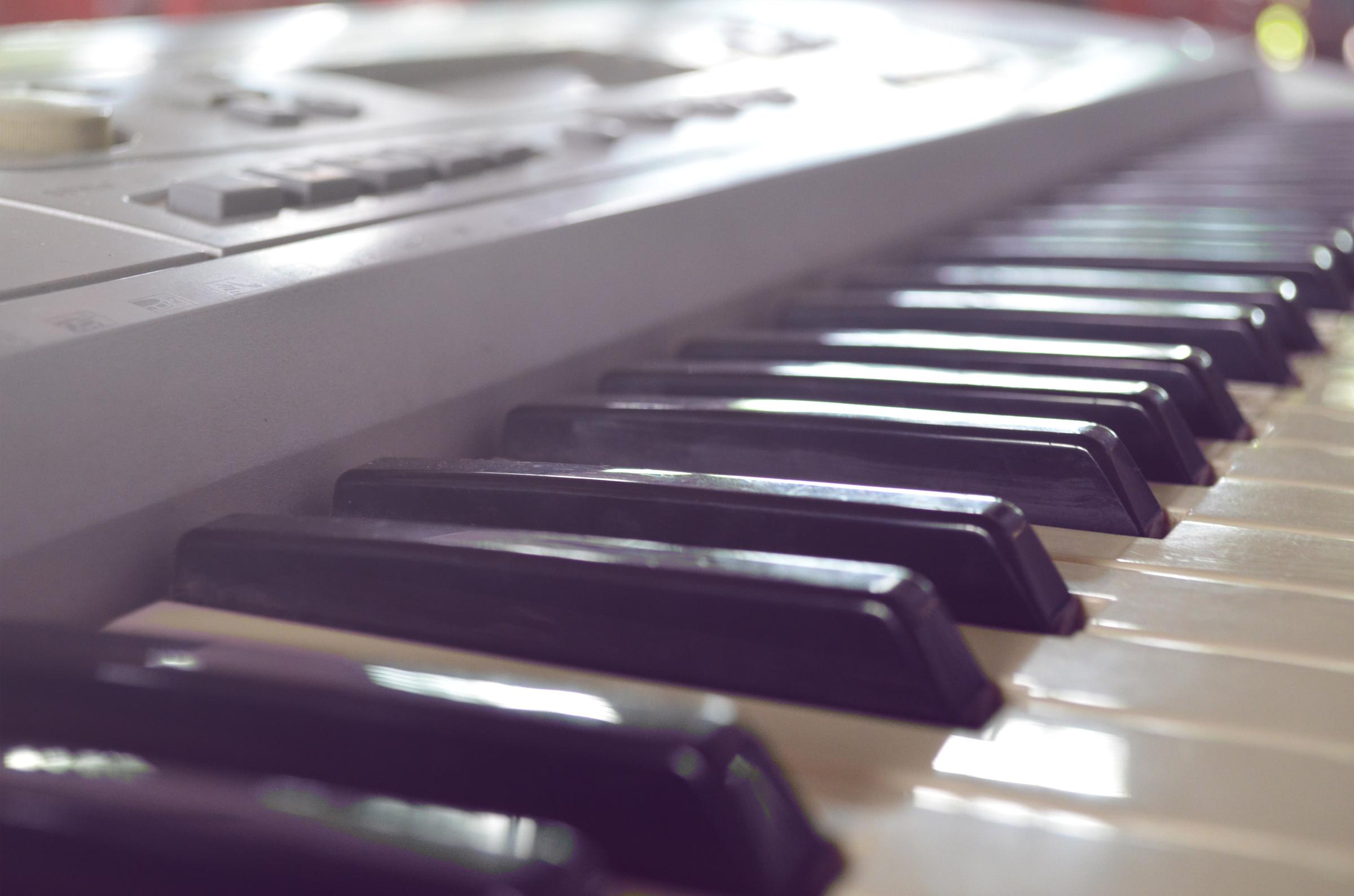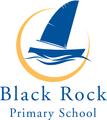Specialist Programs

YEAR 2
Performing Arts
“Only the best is good enough for a child.” Zoltan Kodaly
The Performing Arts gives students a chance to display their flair for performance in solo, group or class settings. Taught in line with the Victorian Curriculum, it is a place for singing, dancing, acting, performing, playing and exploring the possibilities of the Performance Arts!
This year includes a focus on drama, which is taught every other year. This will be conducted through a variety of means including in Music sessions through performances including improvised formats, imaginative stories and scripted short plays. This is supported in some years by classroom activities such as reader’s theatre.
In Music, there is a focus on gradually building up melodic and rhythmic knowledge through singing, playing and reading music. All of the skills are acquired through the use of a wide range of folk songs that focus on rhythmic, melodic or other musical elements in a fun environment. This leads to a long term goal of increasingly complex performances, compositions and musical creations by students. The musical elements explored throughout school include tempo, dynamics, texture, tone colour, duration, melody and form. Students gradually become more accomplished in their understanding and use of relevant vocabulary to each of these elements. Students are exposed to a variety of music from modern era to music that dates 500 years or older in order to gain an appreciation and understanding of the evolution of music over time. 2020 will feature much of the incredible music of Beethoven, who would have turned 250 this year.
The Performing Arts program is conducted on a weekly basis. Performing Arts lessons are 45 minutes.
Year 2
In Year 2, students begin to expand to their singing range with a continued focus on developing the higher range. They are introduced to song books as a way of reading music and discover many musical signs and symbols that relate to songs performed in class. Students begin to write and perform their own compositions for one or more instruments. Their rhythmic and melodic understanding grows and they learn the first steps of conducting music. Students begin to use tempo terminology to describe how fast or slow the beat of music feels.
CHINESE
Modern Standard Chinese - Mandarin (Putonghua or Hanyu) is the standard form of the Chinese language being taught in line with the Victorian Curriculum at Black Rock Primary School.
The content structure of the Languages (formerly called LOTE) is organised through two interrelated strands:
. Communicating
. Understanding
COURSE CONTENT:
The Chinese program consists of a variety of topics which, where possible, will be integrated with the Black Rock Primary School Units of Inquiry.
Students learn Chinese characters and Pinyin Romanisation. The Pinyin is the spelling system used to represent the pronunciation of characters. The Pinyin system also assists students when creating texts in characters using digital media.
Revision of greetings, self- introduction, numbers, days and dates will occur in all lessons throughout the year. Other previously learnt phrases, e.g. like/dislike, colours, adjectives will be used as they are required.
Chinese cultural events will be explored and discussed as they occur throughout the year.
Students are encouraged to use Chinese as much as possible for classroom routines, social interactions, structured learning tasks, and language experimentation and practice. Students will also learn via digital technologies, with a greater emphasis in the upper levels.
The Chinese program is conducted on a weekly basis. Chinese lessons are 45 minutes.
Level 1 and Level 2 Topics
Greetings
Self introduction - name and age
Numbers
Colour
Months/Days of the week/Birthday
Time/Shapes
weather/Australia
Drinks
Olympic Games
VISUAL ARTS
Visual Arts Teachers:
Cathy Linsdell-Edwards: Monday, Tuesday, Wednesday & Thursday
Lauren Bell Friday
“The main object of Art education consists of helping in the emotional, intellectual and social growth of each child.” Charles D. Gaitskell.
The Visual Arts gives students the opportunity to freely express, explore and experiment in a range of materials, tools and techniques, which will enrich their knowledge and understanding of the world around them.
At Black Rock Primary School, the Visual Arts Program is taught in line with the Victorian Curriculum and will be implemented at all levels. Students will have the opportunity to explore the art areas of drawing, collage, painting, printmaking, construction, modelling and threads and textiles. Students will develop and incorporate the art elements of, colour and value, line, space, form, texture and shape within the making of these art areas. The Visual Arts program will incorporate the study of various artists, art theory and link into topics and integrated studies of work throughout the school.
Visual art diaries will be used to plan, document and record observations of the students’ artworks.
The Visual Arts program is conducted on a weekly basis. Art lessons are 45 minutes.
Levels 1&2
In Visual Art classes, students make, respond and examine a variety of artworks and are developing a greater awareness of artists and their different art forms. Students will have the opportunity to experiment and explore with different materials and techniques and will be encouraged to use a variety of tools and processes to make artworks. Through a variety of art topics, students will develop increasing skills, techniques and understandings about their works. They will be encouraged to communicate ideas, concepts and observations from other cultures and artists’ artworks.
PHYSICAL EDUCATION AND HEALTH
Health and Physical Education focuses on students enhancing their own and others’ health, safety, wellbeing and physical activity participation in varied and changing contexts. Health and Physical Education offers students an experiential curriculum that is contemporary, relevant, challenging, enjoyable and physically active.
Lower Years (Years F-2)
Physical Education classes are focused around students participating in a variety of physical activities in a range of environments (indoor, and outdoor ). Students explore different actions of the body and begin to understand how these actions affect movement efficiency.
Students practice developing their basic motor skills in a range of activities such as running, hopping, jumping, skipping, catching, throwing, kicking, rolling, balancing, twisting and turning. They are also introduced to more complex skills such as leaping, dodging, over-arm throw, dribbling and striking balls, cartwheeling and handstands. Some of the sports used to achieve this are Soccer, Australian Rules Football, Athletics, Gymnastics, Dance, Basketball, Netball, Rugby, Baseball, Cricket and Tennis.
Parental Requirements
In the case of injury or illness, students are required to come to school with a hand written note from their parents to excuse them from any Physical Education classes.
· Students need to be prepared for all weather conditions in their Physical Education classes. I.e. Hat, sunscreen, jumpers
· Classroom behaviour expectations are no different to the classroom.
